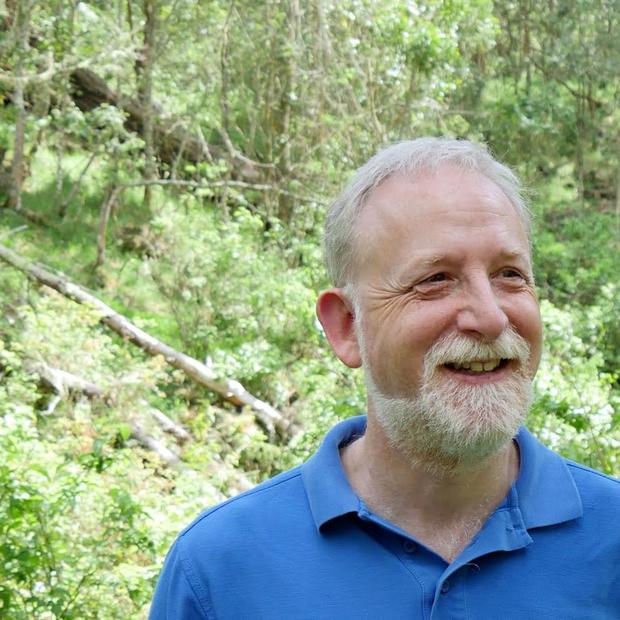The Seattle City Council, to the displeasure of Mayor Mike McGinn, reaffirmed today (Oct. 4) by an 8-1 vote the city's "co-lead" status under the State Environmental Policy Act (SEPA) for environmental review of the Viaduct Replacement Project. The ordinance also attempts to ratify the much-debated September 23 signature by Council President Richard Conlin on the Project's Supplemental Draft Environmental Impact Statement (SDEIS) "as signifying the City's intent to remain co- lead." Mike O'Brien, a tunnel skeptic, was the dissenting vote.
This seemingly minor bureaucratic action has produced a lot of political fireworks. So here's a neutral discussion of the background and the legal issues at stake. At issue is the pending Alaskan Way Viaduct Replacement Project SDEIS, which has riveted attention because of its key focus on the deep bore tunnel alternative recommended in January 2009 by Gov. Gregoire, ex-King County Executive Ron Sims, ex- Seattle Mayor Greg Nickels, and the Port of Seattle.
Under the federal National Environmental Policy Act (NEPA), and Washington's counterpart, SEPA, governments are charged with compiling forms of environmental analysis for "major...actions significantly affecting the environment." This analysis enables the public and decision-makers to make informed decisions about project impacts and select among project alternatives that are articulated through the environmental review process.
Before all is said and done, the 2004 Viaduct Replacement Project Draft EIS will have been supplemented twice to reflect the many alternatives studied over time, including the pending SDEIS, which will itself be subject to a 45-day public comment period. A final EIS will allow for responses to all comments on all prior documents and will provide final project analysis. Then, a Record of Decision (ROD) will describe the selected alternative and associated mitigation.
For large projects such as the Viaduct Replacement Project, multiple governmental agencies become involved as permitting agencies, and one or several are selected to be "lead agencies." As in this case with the Federal Highway Administration, federal agencies may share lead agency status with a state or local agency to produce a combined NEPA/SEPA document, which addresses coordination, efficiencies, and combined mitigation approaches under both statutes.
Under the state SEPA regulations (specifically WAC 197-11-050), the SEPA lead agency is responsible for compliance with SEPA procedure, and for compiling and assessing information, and is the only agency responsible for the preparation and content of environmental documents. Where more than one agency is involved, by agreement, the SEPA "co-lead" provisions under WAC 197-11-944 allow two or more agencies to share SEPA responsibilities if one of the agencies is named "nominal lead."
In this case, as reiterated by city attorney Pete Holmes on September 27, the Washington Department of Transportation (WSDOT) is the "nominal lead," responsible for complying with the procedural requirements of SEPA, including preparation of the 2004 Draft EIS, the 2006 SDEIS, and pending SDEIS (specifically the analysis of the deep bore tunnel alternative), as well as the capstone document, the Final EIS.
Under the SEPA regulations, Seattle, as "co-lead," would typically share in responsibility for the completeness and accuracy of the environmental documents. The council's new ordinance asserts such "co-lead" activity will assure "access to project information and ability to shape and influence the Final EIS, including citizens' comments on the SDEIS." Previously, through its Seattle Department of Transportation (SDOT), Seattle acted as a "co-lead" and a signatory on the 2004 DEIS and a prior 2006 SEIS (through former Transportation Director Grace Crunican). As noted, the council ordinance references the pending SDEIS, signed by Conlin, as an ongoing attestation of "co-lead" status.
One item not resolved by council is exactly what it means to be "co-lead" in this case. Under SEPA, a written agreement between co-lead agencies is not required and, as Mayor McGinn has asserted, does not exist here. The Department of Ecology's SEPA Handbook recommends such written agreements, as they are helpful in clarifying roles and responsibilities, including duties, dispute resolution, appeal processes, and circumstances for termination of the agreement.
So the operative question, more of fact than law, remains. The city council has asserted that a clear, "co-lead" seat at the table assures "shape and influence" to the WSDOT "nominal lead" environmental review, a status that will best benefit Seattle residents. Mayor McGinn implies that even if at the table, the lack of a written "co-lead" agreement compromises clarity of role and a critical eye. People's Waterfront Coalition Chair Cary Moon suggests that freedom from "co-lead" status would have allowed the city government to better assess risks, secure funding, and potentially to challenge WSDOT as the SEPA process reaches fruition.
That's the heart of the dispute, and one can read various interpretations into why the Mayor and the council are split over the need for a written agreement, and how much negotiating it would take to get it to clarify the city role. For the rest of us, the guiding legal process has produced a new document. Under SEPA, there's a new SDEIS to read soon, all about the deep-bored tunnel alternative. That's the next chapter in this very long book.



